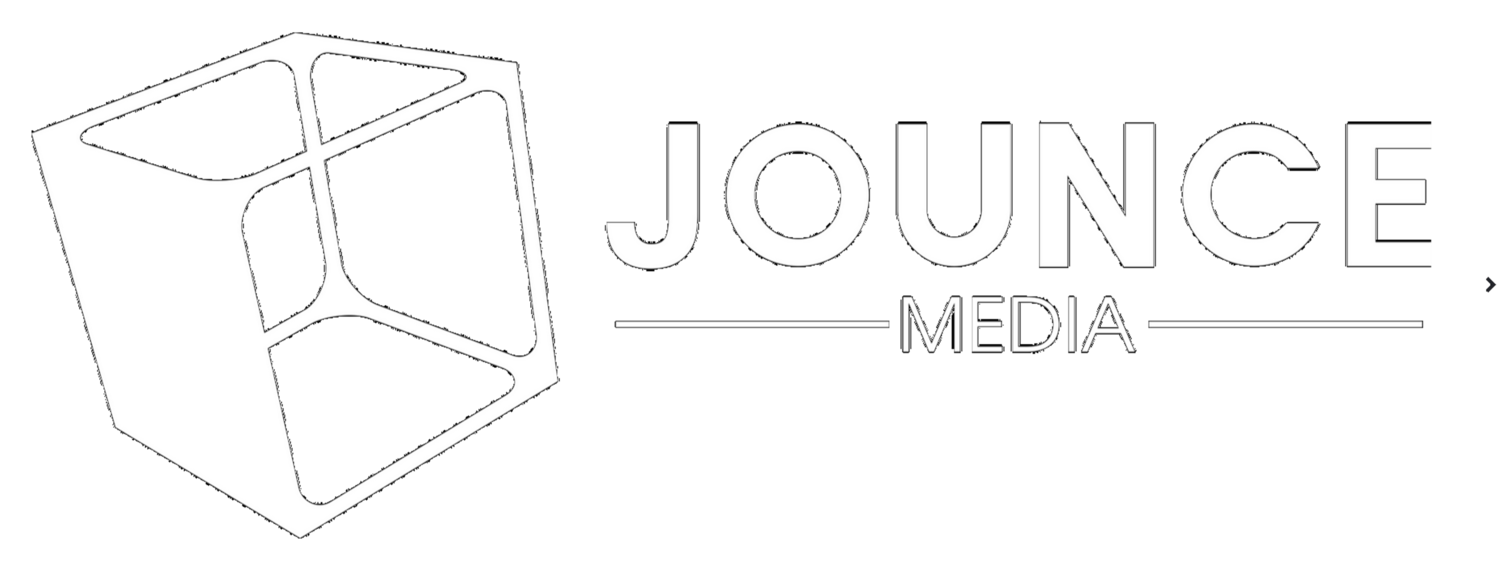With the massive scale of open RTB markets comes significant brand safety risk for advertisers. During peak periods, advertisers must evaluate over 1 million programmatic ad buying opportunities every second. This firehose of bid requests contains an extremely diverse pool of inventory — everything from YouTube to YouPorn. Successful buying in the RTB market requires real-time decision making to identify which impressions are worthwhile investments and which could lead to a PR mess.
A Brand Safety Primer
Each bid request received by a DSP contains basic information about the available ad impression. One piece of information included in every bid request is the site’s URL. Companies like Integral Ad Science and MOAT specialize in rating each URL against brand safety standards, and bidding systems can leverage these URL ratings to ensure advertisers only purchase ad impressions on brand-safe inventory.
To test the URL-based approach to brand safety, I triggered a few thousand bid requests from an ad exchange called Index (formerly Casale), rotating the declared URL between drudgereport.com and youporn.com. The Drudge Report bid requests captured lots of demand — 85% of auctions yielded a bid of $2.00 CPM or more. But bid requests from youporn.com fell on deaf ears. No advertiser ever bid for these impressions.
The Problem with Personalization
The URL-based approach to brand safety evaluation works well for most sites, but it fails in a very big way for sites that have highly personalized content. Is Twitter inventory a safe place to advertise? The answer depends on your Twitter feed. Follow a few NSFW accounts, and your Twitter feed quickly becomes a risky place to advertise.
As content personalization proliferates across both social media and traditional publications, advertisers are left with three options for managing brand safety on their programmatic campaigns:
- Play it safe and avoid advertising in personalized environments. This may make sense for the most conservative advertisers for whom brand integrity is paramount, but it is an increasingly restrictive strategy. Content personalization is a fast-growing trend, and most brands will need to find ways to reach consumers in personalized environments.
- Work directly with publishers via private marketplaces. While open market RTB impressions can only be evaluated based on the limited set of parameters passed in a bid request, publishers can pass additional information about inventory through private marketplace transactions. Private marketplaces allow advertisers to enforce more rigorous brand safety standards while capturing the targeting and dynamic pricing benefits of programmatic buying.
- Simply take the risk. If my Twitter feed is loaded with NSFW content, it’s because I want it there and do not find it offensive. While not every brand will be comfortable buying across all Twitter inventory, those who adopt this approach will capture significant scale and economic benefits. The absence of demand for unvetted personalized content creates an opportunity for risk-tolerant brands to reach valuable consumers at bargain basement prices.
The web is getting personal, and the brand safety game is changing. Advertisers who quickly adapt will benefit from preferred access to consumers, and those who sit on the sidelines will find fewer and fewer advertising outlets.
To trigger your own Index bid request, just load this URL.


